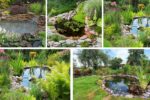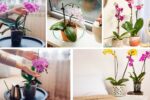Pollinators such as bees, butterflies, and hummingbirds play a vital role in sustaining plant biodiversity and ensuring fruitful harvests in gardens and farms alike. Without them, many of the fruits, vegetables, and flowers we enjoy would struggle to reproduce. However, urbanization, pesticide use, and habitat loss have caused a significant decline in pollinator populations worldwide. One effective way to support them is by planting pollinator-friendly plants in containers.
Container gardening is especially ideal for people with limited space—urban dwellers, balcony gardeners, or those who want to add life to patios and decks. The good news is, many beautiful and vibrant plants attract pollinators and thrive perfectly in pots. In this guide, we’ll explore five pollinator-friendly container plants that every gardener can grow to invite buzzing bees, fluttering butterflies, and delightful hummingbirds into their space.
1. Lavender (Lavandula spp.)
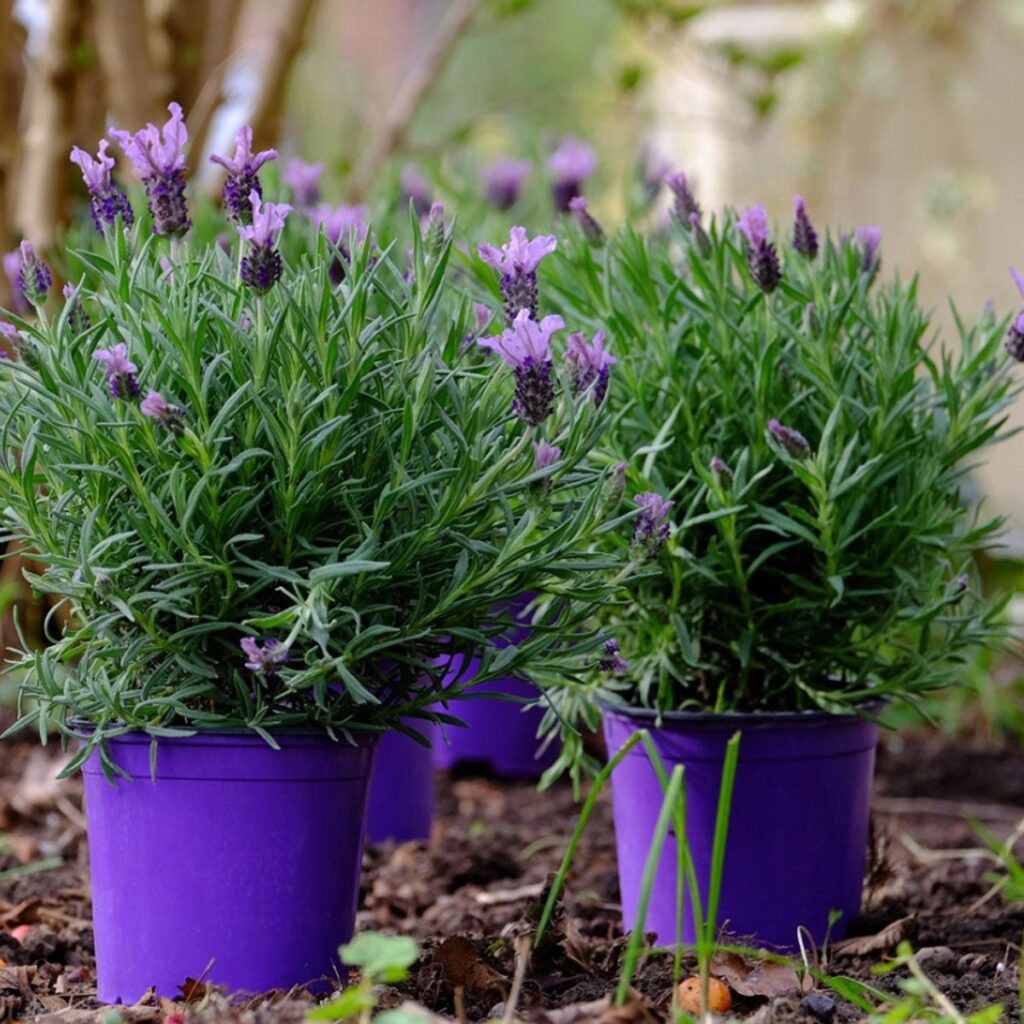
Lavender is one of the most famous pollinator-friendly plants, cherished for its fragrant purple flowers and silvery-green foliage. Bees, butterflies, and even some species of moths are irresistibly drawn to its nectar.
- Why pollinators love it: Lavender blooms are rich in nectar and have a strong fragrance that acts as a natural attractant.
- Best for containers: English lavender varieties such as Lavandula angustifolia grow compactly, making them perfect for pots.
- Growing tips:
- Use a terracotta pot with excellent drainage.
- Place lavender in a sunny spot—it requires at least 6–8 hours of sunlight daily.
- Water sparingly, as lavender prefers slightly dry soil.
- Extra benefit: Besides helping pollinators, lavender doubles as an ornamental plant, air freshener, and even a culinary herb.
2. Zinnias (Zinnia elegans)
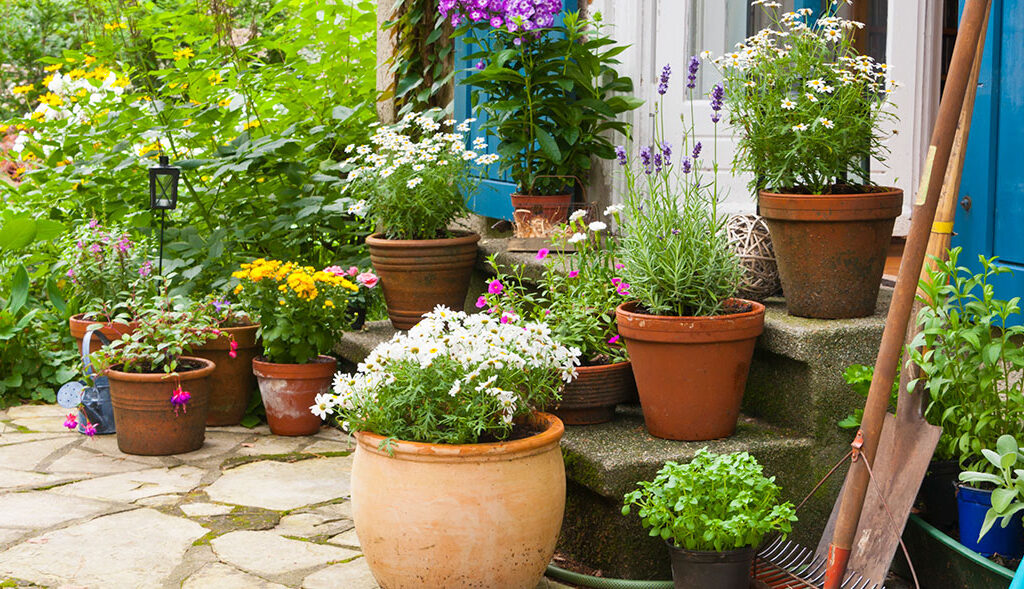
If you’re looking for vibrant pops of color to brighten your balcony or patio, zinnias are a top choice. These annual flowers come in dazzling shades of red, orange, pink, yellow, and purple—making them irresistible to butterflies, especially monarchs.
- Why pollinators love it: Zinnias have open, flat blooms that make it easy for butterflies and bees to land and feed.
- Best for containers: Dwarf or compact zinnia varieties are perfect for pots and bloom profusely throughout summer.
- Growing tips:
- Plant zinnia seeds directly in containers for best results.
- Provide them with at least 5–6 hours of sunlight daily.
- Keep the soil moist but well-drained, and deadhead spent blooms to encourage more flowers.
- Extra benefit: Zinnias are low-maintenance and provide continuous blooms, making them a long-lasting pollinator magnet.
3. Fuchsias (Fuchsia spp.)

Fuchsias are stunning container plants with dangling, bell-shaped flowers in shades of pink, purple, red, and white. Their unique shape and vibrant colors make them a favorite among hummingbirds.
- Why pollinators love it: Hummingbirds are particularly attracted to the tubular shape and nectar-rich blooms. Bees may also occasionally visit.
- Best for containers: Trailing fuchsia varieties look spectacular in hanging baskets.
- Growing tips:
- Place fuchsias in partial shade, as they do not tolerate harsh midday sun.
- Keep the soil consistently moist but avoid waterlogging.
- Fertilize regularly during the growing season to encourage continuous blooming.
- Extra benefit: Fuchsias bring dramatic flair to balconies and patios while directly supporting hummingbirds, one of the most important bird pollinators.
4. Marigolds (Tagetes spp.)

Cheerful and easy to grow, marigolds are not only excellent for attracting pollinators but also serve as natural pest repellents. Their bright orange and yellow blossoms are particularly attractive to bees and butterflies.
- Why pollinators love it: The strong color contrast of marigolds acts as a visual signal for pollinators looking for nectar.
- Best for containers: African and French marigold varieties are ideal for pots due to their compact growth habits.
- Growing tips:
- Grow marigolds in well-draining potting mix with full sun exposure.
- Water regularly, but allow the top layer of soil to dry slightly between watering.
- Deadhead faded flowers to promote continuous blooming.
- Extra benefit: Marigolds deter pests such as aphids and nematodes, making them beneficial companions for other container plants.
5. Coneflowers (Echinacea purpurea)
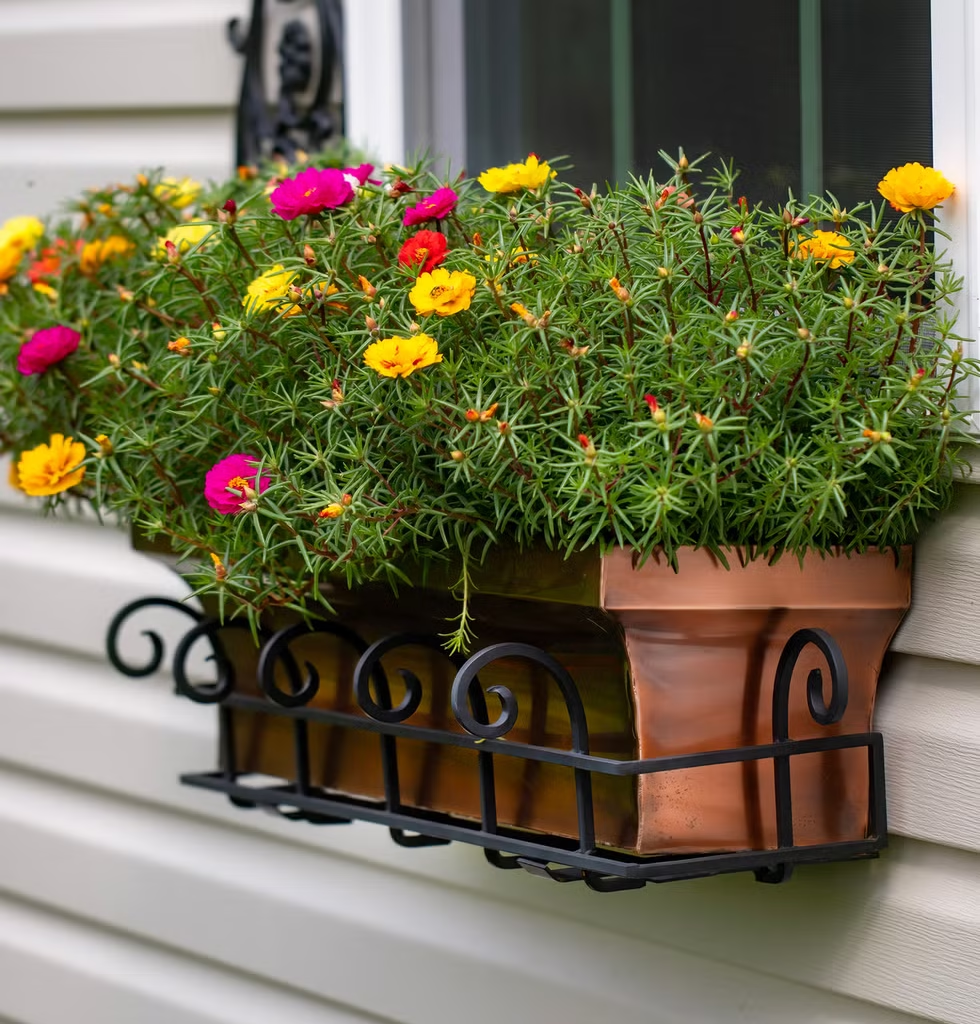
Coneflowers are native wildflowers that thrive in containers and serve as a magnet for pollinators like bees, butterflies, and even goldfinches (who feed on their seeds later).
- Why pollinators love it: Their daisy-like blooms with raised centers provide both nectar and pollen for a variety of pollinators.
- Best for containers: Compact hybrid coneflower varieties work best for smaller pots.
- Growing tips:
- Provide full sun exposure for best growth and flowering.
- Use well-draining soil and water regularly until established, then reduce watering.
- Coneflowers are perennials, so they’ll return year after year with proper care.
- Extra benefit: Coneflowers are not only beneficial for pollinators but also valued in herbal medicine for immune-boosting properties.
Why Choose Pollinator-Friendly Container Plants?
Planting pollinator-friendly species in containers has multiple benefits:
- Space-efficient: Even if you don’t have a large garden, balconies, patios, and windowsills can become thriving pollinator havens.
- Biodiversity support: These plants help restore natural habitats for pollinators that struggle due to urban development.
- Continuous blooms: With careful selection, you can ensure flowers bloom throughout the growing season, keeping pollinators fed year-round.
- Aesthetic value: These plants add vibrant colors, delightful fragrances, and unique textures to your living space.
Final Thoughts
Supporting pollinators doesn’t require acres of land or a large garden. With a few thoughtfully chosen container plants, you can create a welcoming oasis for bees, butterflies, and hummingbirds right at home. Lavender, zinnias, fuchsias, marigolds, and coneflowers are not only easy to grow but also offer tremendous benefits to pollinators and gardeners alike.
By adding these five container plants to your indoor or outdoor spaces, you contribute to biodiversity, enjoy a more vibrant environment, and make a small but meaningful step toward protecting pollinators for generations to come.




